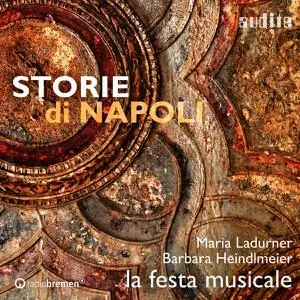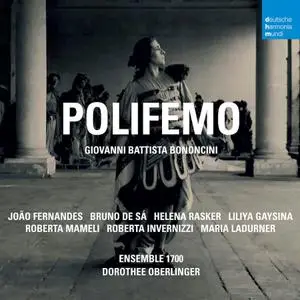Maria Ladurner, Barbara Heindlmeier & La Festa Musicale - Storie di Napoli (2022)
WEB FLAC (tracks) - 285 Mb | MP3 CBR 320 kbps - 150 Mb | Digital booklet | 01:02:08
Classical | Label: audite Musikproduktion
WEB FLAC (tracks) - 285 Mb | MP3 CBR 320 kbps - 150 Mb | Digital booklet | 01:02:08
Classical | Label: audite Musikproduktion
Eighteenth century Naples was not only a creative, cultural melting pot, but also one of the most important cities in Europe. Full of impressive contrasts between decay and splendour, and with an immense artistic output whose musical influences stretched across Europe, attracting many musicians and composers, Naples was a source of fascination and has retained its appeal to the current day.



